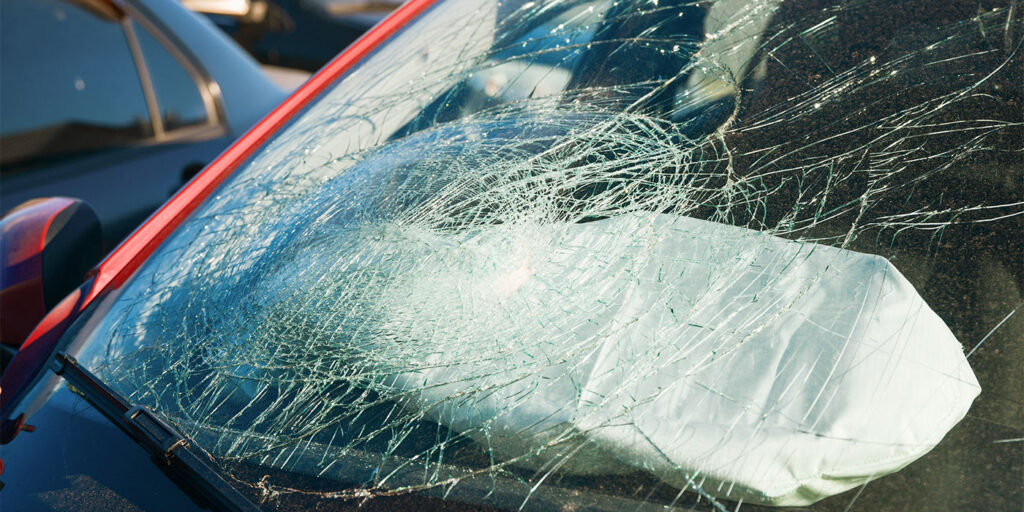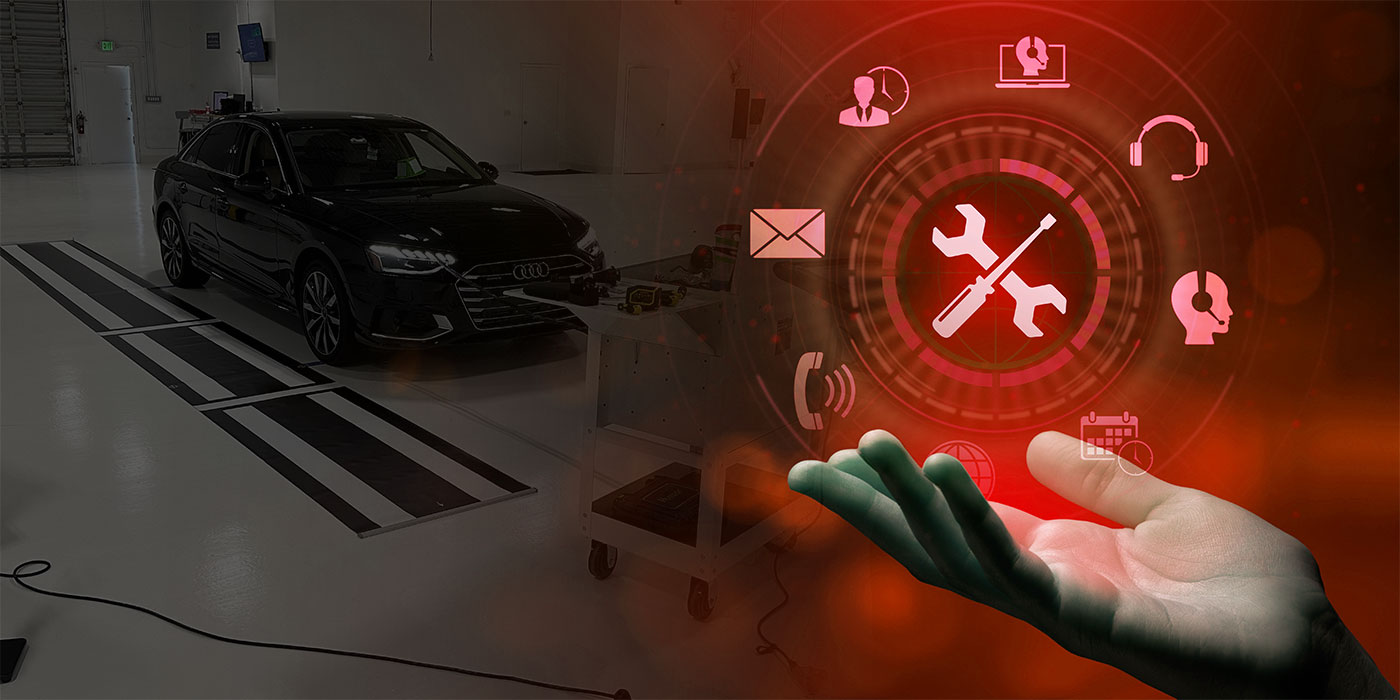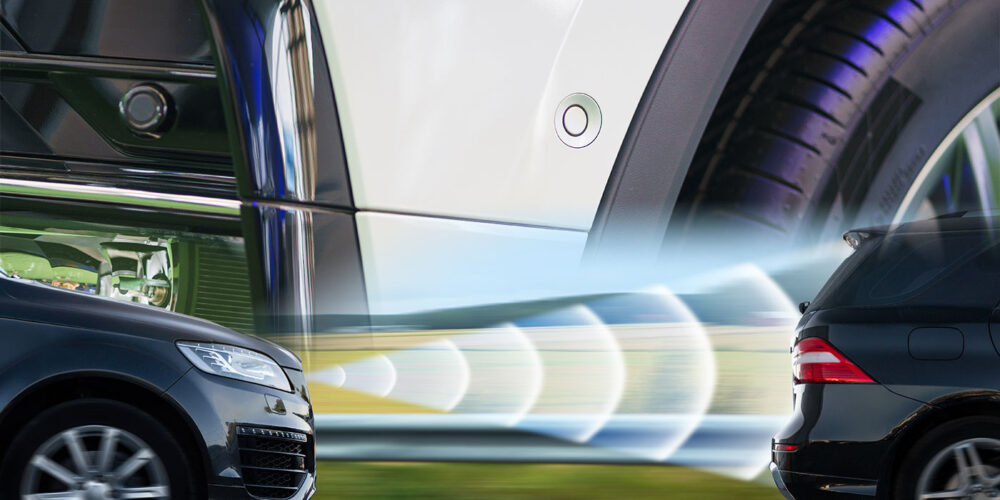Being diverse or adapting to change is more than a thought or want; it’s necessary for the survival of any business.
The repair industry is changing every day. In some cases, it seems to change hourly. What was a priority last week or even yesterday can be pushed back by something new today.
Many shops are adding new repair services to the menu of services they provide. There are many reasons why shops do this: time, cost, diversifying income streams and even just filling a need. Many call this diversifying their services to generate income for their shops. With business and vehicles the way they are today, this diversity is, in reality, adapting to change in vehicle designs and the way we repair them. Whatever reason you have for adding more services, adapting to change means growing your customer base as well as income stream to maintain or grow your business.
Auto Glass Replacement
One value-added service many shops are either currently providing or looking into providing is auto glass replacement. With the advanced driver-assistance system (ADAS) features in today’s vehicles, required calibrations for auto glass and many different types of repairs currently being done in shops, glass seems an obvious fit to the business model.
I believe glass is something to be considered for any automotive repair shop. I’m sure this thought crosses your mind every time you call a glass company to remove or install glass in your shop but the company is too busy and can’t just drop everything to come to your shop. If a glass shop is right next door, you’re lucky. Or maybe you have a good relationship with a quality company checking in on your shop’s needs every day. I assure you that is not always the norm.
Calibration
Let’s add into the new world order that if a windshield is removed and installed (R&I) or replaced, or even if the camera is removed from its mounting on the windshield, a calibration is required to verify proper operation. With static calibrations, using targets, controlled lighting and a floor that is level to vehicle manufacturer specs is a critical part of the calibration to complete the windshield operation. This is where brick-and-mortar shops are becoming a necessity to an auto glass industry so used to doing mobile installations wherever the vehicle is sitting, be it at home, work or at the kids’ soccer game. Auto glass has been replaced everywhere you can imagine by technicians working from company vehicles.
Tempered glass, such as door glass and back glasses, do not require a calibration at this time unless a backup camera is involved. With tempered glass and older vehicles not requiring calibrations, mobile glass replacement will still have value in these cases. But think about it: Even in those situations, customers are coming to your shop and getting their vehicles repaired, cleaned and washed. That’s a service mobile companies normally don’t provide; at most, they may vacuum the vehicle. That added service and customer satisfaction is what keeps you top-of-mind the next time they need any of your services.
What Does It Take?
Let’s first take a look at what you’re getting into. The auto glass industry is a different operation than doing collision glass work. Collision claims on glass and comprehensive claims on glass operate differently. Not to say it can’t be done, but there are some interesting factors at work on the pricing of glass and how much will be paid. I’m not going to explain it any further than that as I would have to write several more articles. You’ll naturally find your way through and learn how the billing is done and how the approval process works.
Liability must be mentioned here, as windshield installation has a very big magnifying glass on it due to past failed installations causing injuries and deaths. There are Federal Motor Vehicle Safety Standards that manufacturers must meet to provide safe vehicles for consumers. The windshield and structural integrity of the vehicle are intertwined very closely, not to mention airbags using windshields for deflection. Following the original equipment manufacturer (OEM) procedures as to urethanes, metal prep and drive-away times is critical to minimizing your shop’s liability. During installation, document what you used as far as urethanes and any other variables you discovered. Visit agsc.org for more information.
Equipment
I’m going to be up front and say that getting the right tools is fairly easy and less expensive than most people realize. Unless you’re going to be doing mobile glass repair and adding in the technician’s vehicle, the equipment is really straightforward. I’ll also say you can shop at a one-source shop and get all you need, saving you from the hunt-and-find process.
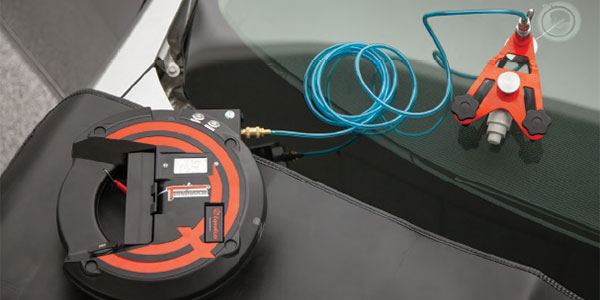
Equalizer Tools has tools developed by actual technicians in the field and offers a wide variety to complete any auto glass task. The company is easy to deal with and stands behind all the lines of tools it sells. It also offers training on auto glass repair. And the return on investment is fairly quick if you’re doing any number of glass jobs.
Sourcing and Cost
Sourcing your glass and knowing the cost is critical for you to know up front if the job is going to be profitable — especially true of cash jobs. Not knowing your price for each piece of glass can catch you off guard when you assume every piece is priced the same in discounts. Verify every job and its cost first before locking in that sale price. You’ll need to see what’s available in your area, as it varies from city to city and rural areas. You’ll need to know if delivery is available or if someone will have to run to pick up parts.
The dealer, of course, is always a source for glass. I do not need to talk about the price difference, as you already know that. Getting approval to put in dealer glass through comprehensive insurance may be something to obtain before you order or start the job. This means that you’ll need to source where you can get glass other than the dealer. The auto glass industry uses warehouses that source thousands of pieces of dealer glass and glass made by the OEM for the vehicle you’re going to be servicing. You may need to approach them to establish an account. Another option is buying from local glass companies, which I still see many shops doing — which is in and of itself an interesting thought process.
Ordering glass can be somewhat of a headache. Many vehicles have run the platforms for a number of years, and the added options for different vehicle years regarding what may be on the glass can make it taxing to learn all the differences. It’s not the glass itself in many cases but what comes on the glass, like brackets and manufactured areas for sensors mounted to the windshield. Another factor is vehicle manufacturer logos on the glass that are put there during manufacturing — something Ford frequently offers. Much of this knowledge of all of these features is gained by the office staff at glass companies through trial and error. ADAS features, rain sensors, heated windshields, laminated or tempered side glass and back glasses, tinting and other aftermarket features all come into play. VIN decoders help but are not always correct. Many customers don’t know what features they have on their vehicles. Always verify that the glass is correct before starting any job! Finding out halfway through is not the time for this to happen.
Glass and Tools
“It’s just slapping in a piece of glass” — I cannot tell you how many times I’ve heard that phrase. Also, “It’s just popping out a dent” or “It’s just painting the bumper.” When you see technicians doing their jobs or tasks they’ve done repeatedly every day, they make it look so easy. Your technicians and your shop’s efficiency make damage disappear so quickly that people have the wrong perception on what it takes. Auto glass is no different. Ask any body tech who takes out glass every so often and that person will tell you it’s more difficult than it seems. Repetition does help; if you do it consistently, you gain experience, just like any other process. This is where having a steady flow of work builds better and more efficient technicians.
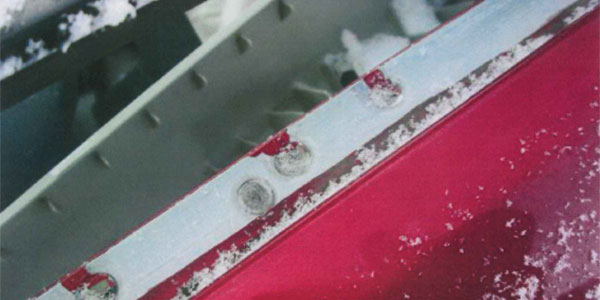
What does it take to do glass correctly? The first thing I want you to know is that when a technician is training a new person for glass, it takes weeks and even months to become proficient at it — partly because of all the variables in the work being done and the differences in each manufacturer as far as clips, moldings, wires and more. The main process is the same, but the variables are what get you. An example is removing a door panel. The process is the same, but it’s really about learning where they hide all the screws and attachments and how not to break them.
I’m going to break this down into two categories, removal and installation:
- Removal. The game has changed in the auto glass industry from cold knives and power tools to new cut-out tools using string and/or wire. This has dramatically reduced the learning curve and damage done to vehicles and the glass during R&I in shops — not to mention reduced injuries to technicians’ shoulders and backs. A technician can become consistent very quickly using these tools. They may take extra time, but avoiding creating needless damage to vehicles is a tremendous advantage. Ripping out a piece of glass is not a wise move; the damage to metal and interior components can add cost to the repair that you will warranty — not to mention the possibility of corrosion later on. Not damaging the corrosion protection must be a main focus during any glass removal. The removal process is the most daunting task, as it can be labor-intensive to remove interior components as well as cut out the glass. There are many videos out there that offer tips and show how to use tools correctly. I caution you, as there are some videos out there showing shortcuts that can be dangerous and flat-out wrong. Tool manufacturers offer videos and, in some cases, training on how to use their tools correctly.
- Installation. This is where a lot of confusion comes in. Urethanes used for auto glass installation vary. Make no mistake: They must be used correctly. The vehicle manufacturers have instructions on urethanes and the preparation of their vehicles. You must understand that an auto glass technician working in a parking lot replacing glass is different than doing collision-related glass replacement. The urethane to existing urethane bond of the adhesive is the best bond. What happens when metal is replaced? What happens if glass has been done before? Where does epoxy primer come into play? Can you bond to a painted pinch weld? A technician and shop must know all the answers to these questions to perform glass installation correctly. If your technicians do not know the answers, they should not be installing glass. Ask any glass technician what happens when someone who has no clue what he or she is doing installs glass. Also, ask how many times glass technicians see this scenario. Quality control issues will arise if the technician does not understand how to prep the vehicle or how to use urethane. Knowing the shelf life and pot life of the primers is something that must be known and followed.
Training
The training is out there. You can sign up for the Equalizer Academy or see where training will be held from the AGSC affiliates on the website I mentioned earlier in article. It is money well spent!
Have technicians take the certification training for the urethane adhesive you’ll be using. Learn the drive-away times and conditions that must be met before the vehicle leaves your shop. These certifications and training are sometimes offered live or online. No matter which urethane you use or tools you purchase, learn to use them correctly. Your customers blindly trust that you know how to do your job. Make sure that faith in your shop and your technicians is well-deserved.
Summary
As you can see, there is so much more to glass repair. Information and training is available to those who want to get into the glass game. Seek it out and learn. Once you have the answers, all will fall into place, and you’ll start learning from experience. It will take time for the technicians to learn and become better, so do not let them get discouraged.
Questions about used glass and other issues would take another article. If you do have questions or want to know more, email me. Your inquiries may lead to an idea for my next article.

